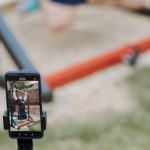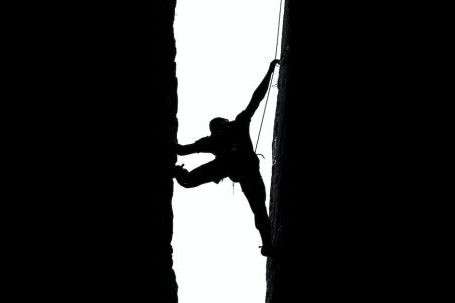Speed and quickness are essential attributes in many sports. Whether you’re a soccer player trying to outrun defenders, a basketball player looking to blow past your opponent, or a tennis player aiming to react swiftly to every shot, improving your speed and quickness can significantly elevate your performance. By incorporating sports-specific training into your workout routine, you can maximize your potential and take your game to the next level.
The Importance of Sports-specific Training
Sports-specific training refers to exercises and drills that mimic the movements and demands of a particular sport. It focuses on developing the specific muscles, skills, and energy systems required for optimal performance. Unlike general fitness training, which improves overall strength and endurance, sports-specific training hones in on the specific requirements of your chosen sport.
Benefits of Sports-specific Training for Speed and Quickness
Sports-specific training offers several benefits for enhancing speed and quickness:
1. Improved Muscle Coordination: By engaging in movements that replicate those used in your sport, you can enhance the coordination between your muscles. This improved coordination allows for more efficient movements, resulting in increased speed and quickness.
2. Enhanced Reaction Time: Sports-specific training often includes drills that require quick reaction times. By practicing these drills regularly, you can improve your ability to react swiftly to changing situations, giving you a competitive edge on the field or court.
3. Increased Power and Explosiveness: Many sports-specific exercises focus on developing explosive power, which is crucial for quick bursts of speed and rapid changes in direction. By incorporating exercises that target power and explosiveness, you can enhance your speed and quickness on the field.
Sports-specific Training Techniques
Here are some effective sports-specific training techniques to enhance your speed and quickness:
1. Interval Training: Interval training involves alternating between high-intensity exercises and periods of rest or lower intensity. This type of training is excellent for improving speed and quickness, as it simulates the stop-and-start nature of many sports. Incorporate short sprints, agility ladder drills, and shuttle runs into your interval training sessions.
2. Plyometrics: Plyometric exercises focus on explosive movements that enhance power and speed. Box jumps, medicine ball throws, and lateral bounds are just a few examples of plyometric exercises that can significantly improve your speed and quickness.
3. Sport-specific Drills: Practice drills that closely mimic the movements and demands of your sport. For example, basketball players can work on dribbling and shooting drills that require quick changes in direction and reaction times. Soccer players can benefit from ladder drills that improve footwork and agility.
4. Strength Training: While speed and quickness are primarily dependent on technique and coordination, strength training plays a vital role in supporting these attributes. Focus on exercises that target the muscles used during your sport, such as squats, lunges, and deadlifts. Remember to maintain proper form and gradually increase the weight to avoid injury.
Incorporating sports-specific training into your workout routine is essential for enhancing your speed and quickness. By focusing on the specific demands of your sport and incorporating targeted exercises and drills, you can maximize your athletic potential. Remember to consult with a fitness professional or coach to ensure you are using proper techniques and to tailor your training program to your specific needs. With dedication and consistency, you’ll be well on your way to becoming a faster and quicker athlete.





